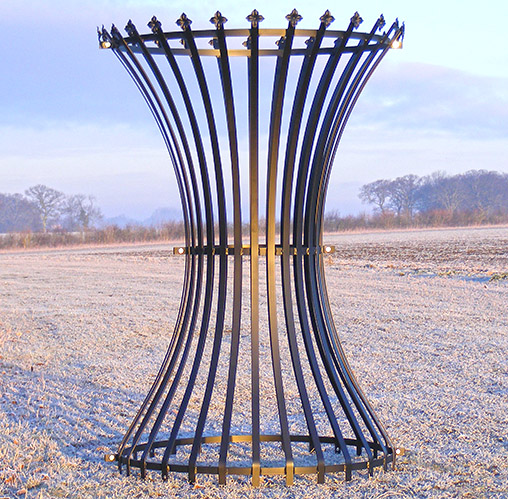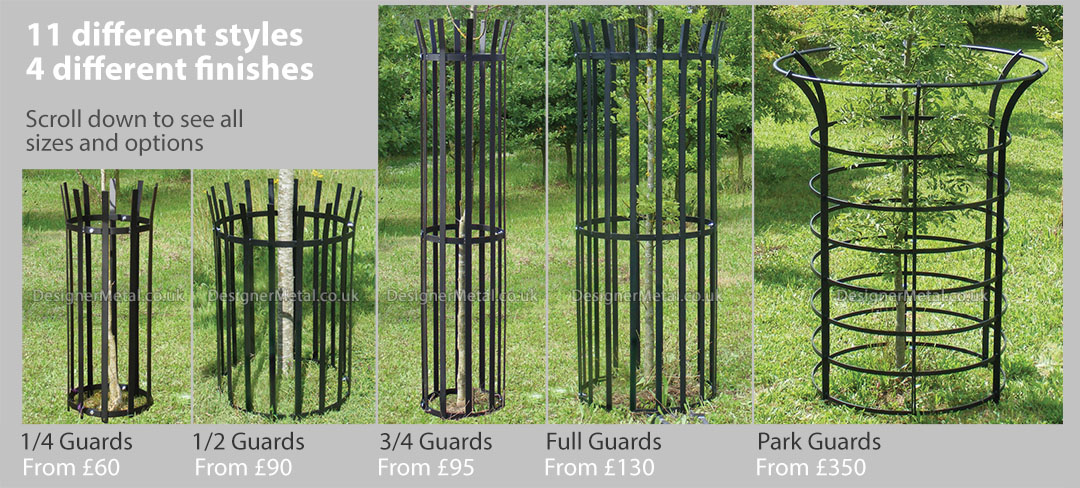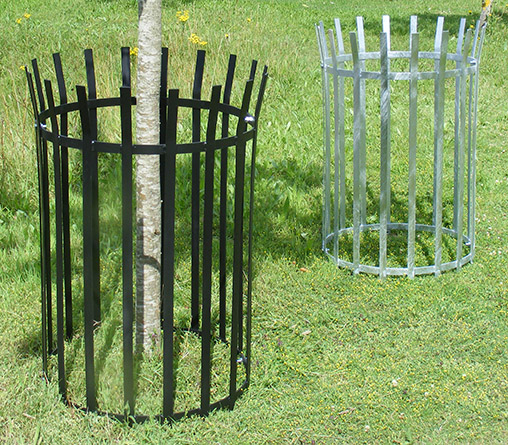When it comes to landscaping, incorporating decorative elements can significantly enhance the aesthetic appeal of your outdoor space. One such elegant yet functional addition is the decorative metal tree guard. In my journey of beautifying my garden, I realized the importance of protecting trees while simultaneously elevating the overall design of my yard. In this comprehensive guide, we’ll dive into the world of decorative metal tree guards and explore how they can transform your landscape.
What are Decorative Metal Tree Guards?
Decorative metal tree guards are protective enclosures designed to shield saplings and mature trees from various environmental stresses and physical damage. These elegant structures not only safeguard the trees but also add sophistication to your garden, blending functionality with artistry.
Benefits of Decorative Metal Tree Guards
- Protection from Damage: Prevents damage from animals, lawn equipment, and harsh weather conditions.
- Aesthetic Appeal: Available in various designs and finishes, they can enhance the visual charm of your landscape.
- Environmentally Friendly: Many metal guards are made from recycled materials and can last for decades.
- Versatility: Suitable for different types of trees, from ornamental to fruit-bearing.
Types of Decorative Metal Tree Guards
Choosing the right type of tree guard is essential for its effectiveness and aesthetic impact. Here are several types of decorative metal tree guards:
1. Welded Metal Tree Guards
Welded metal tree guards offer robust protection. They are typically made from steel or wrought iron and can be tailored to fit any size tree.

Pros and Cons
| Pros | Cons |
|---|---|
| High durability | May rust if not treated |
| Customizable designs | Can be more expensive |
2. Decorative Metal Mesh Guards
Metal mesh guards are lightweight and allow air and water to reach the tree while providing protection. They are usually galvanized to prevent rusting.

Pros and Cons
| Pros | Cons |
|---|---|
| Good ventilation | Less sturdy than welded options |
| Cost-effective | More prone to bending |
3. Decorative Cut-Out Designs
These guards feature intricate designs that can add a unique flair to your garden. They are often made from high-quality steel and are perfect for ornamental trees.

Pros and Cons
| Pros | Cons |
|---|---|
| Unique artistic appeal | Higher maintenance required |
| Good protection | May be less effective against larger animals |
Choosing the Right Decorative Metal Tree Guard
Selecting the perfect tree guard involves considering various factors such as the type of tree, the environment, and your style preferences. Here are some tips:

1. Assess Your Environment
Consider the climate and wildlife in your area. If you have deer or rabbits, opt for sturdier guards. For urban areas, decorative cut-out designs can prevent graffiti while looking stylish.
2. Measure Tree Size
Ensure the guard is appropriately sized for your tree. A too-tight guard can hinder growth, while a too-loose one will not provide adequate protection.

3. Pick a Style that Complements Your Landscape
Choose a design that harmonizes with your garden’s theme. Whether a modern sleek look or an ornate vintage style, there are countless options to fit your taste.
Installation of Decorative Metal Tree Guards
Installing metal tree guards can be straightforward, but here are some steps to ensure proper installation and maximum effectiveness:

1. Prepare the Area
Clear the area around the tree to avoid any obstructions. Ensure the ground is level for a proper fit.
2. Position the Guard
Place the guard around the tree at a suitable distance to allow for growth. The guard should typically be several inches away from the trunk.

3. Secure the Guard
Depending on the design, you may need to bury the bottom portion slightly into the ground or use stakes to anchor it securely.
Maintenance of Decorative Metal Tree Guards
Maintaining your tree guards is essential to prolong their lifespan and retain their aesthetic appeal.
Routine Cleaning
Regularly clean your metal guards to remove dirt, debris, and any plant material. This can prevent corrosion and promote a well-kept look.
Inspect for Damage
Regularly check for signs of wear and tear, especially rust. Address any issues immediately to avoid further damage.
Paint and Restore
If your guard starts to rust, consider repainting or applying a protective sealant to restore its appearance and functionality.
Cost Considerations for Decorative Metal Tree Guards
The price of decorative metal tree guards can vary widely based on materials, design, and size. Here’s a rough estimate of what you can expect:
| Type of Tree Guard | Estimated Price Range |
|---|---|
| Welded Metal Guards | $100 – $500 |
| Decorative Metal Mesh Guards | $50 – $200 |
| Decorative Cut-Out Designs | $150 – $600 |
FAQs About Decorative Metal Tree Guards
What materials are commonly used for decorative metal tree guards?
Most decorative metal tree guards are made from steel, wrought iron, or aluminum. Each material offers different benefits in terms of durability and maintenance.
Can I install a decorative metal tree guard myself?
Yes, most decorative metal tree guards can be installed without professional help. Ensure you follow the manufacturer’s instructions for the best results.
Do decorative metal tree guards require a lot of maintenance?
While they require some maintenance, such as cleaning and periodic inspections, they are generally low-maintenance compared to other materials.
Are decorative metal tree guards environmentally friendly?
Many decorative metal tree guards are made from recycled materials and can last for decades, making them an eco-friendly choice for your landscape.
Conclusion
Decorative metal tree guards are a brilliant way to combine function and aesthetics in your garden. By protecting your trees while contributing to the overall beauty of your landscape, they fulfill an essential role. Choose the right type for your needs, ensure proper installation and maintenance, and enjoy a flourishing garden with the added charm of decorative metal. Happy gardening!